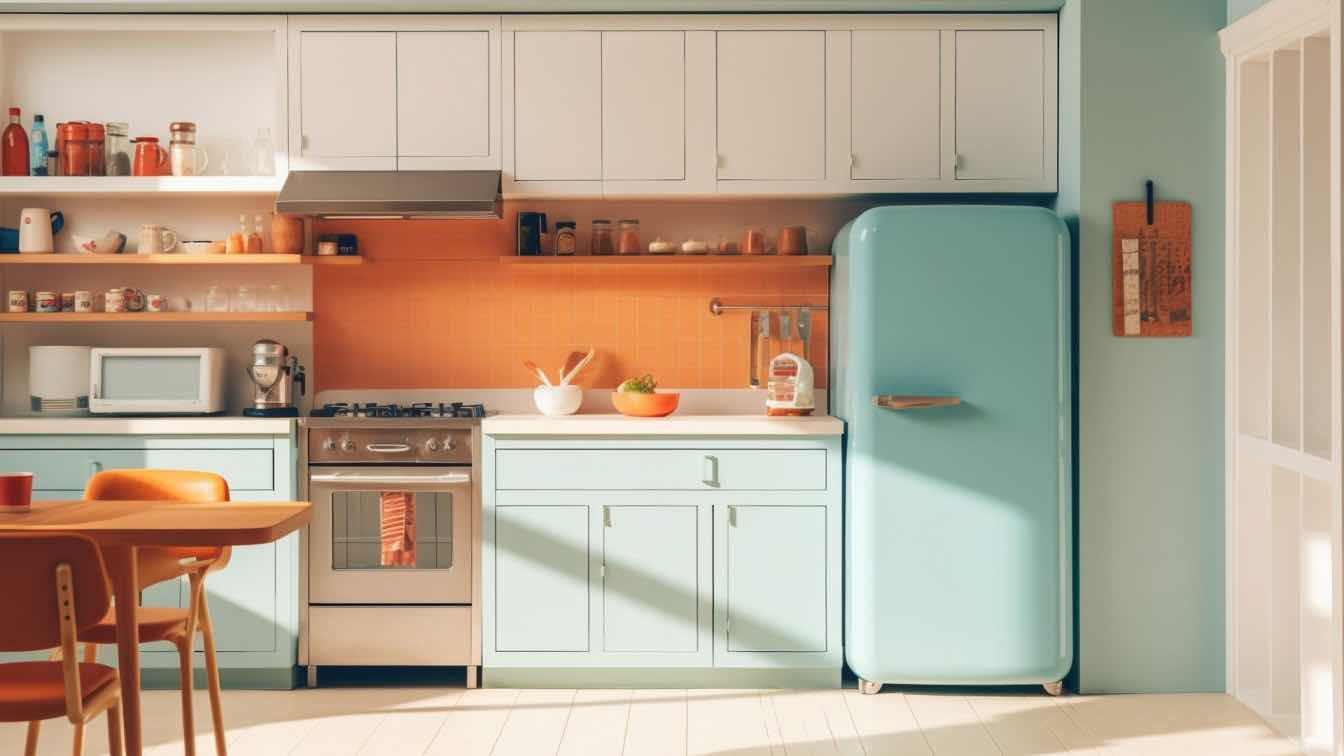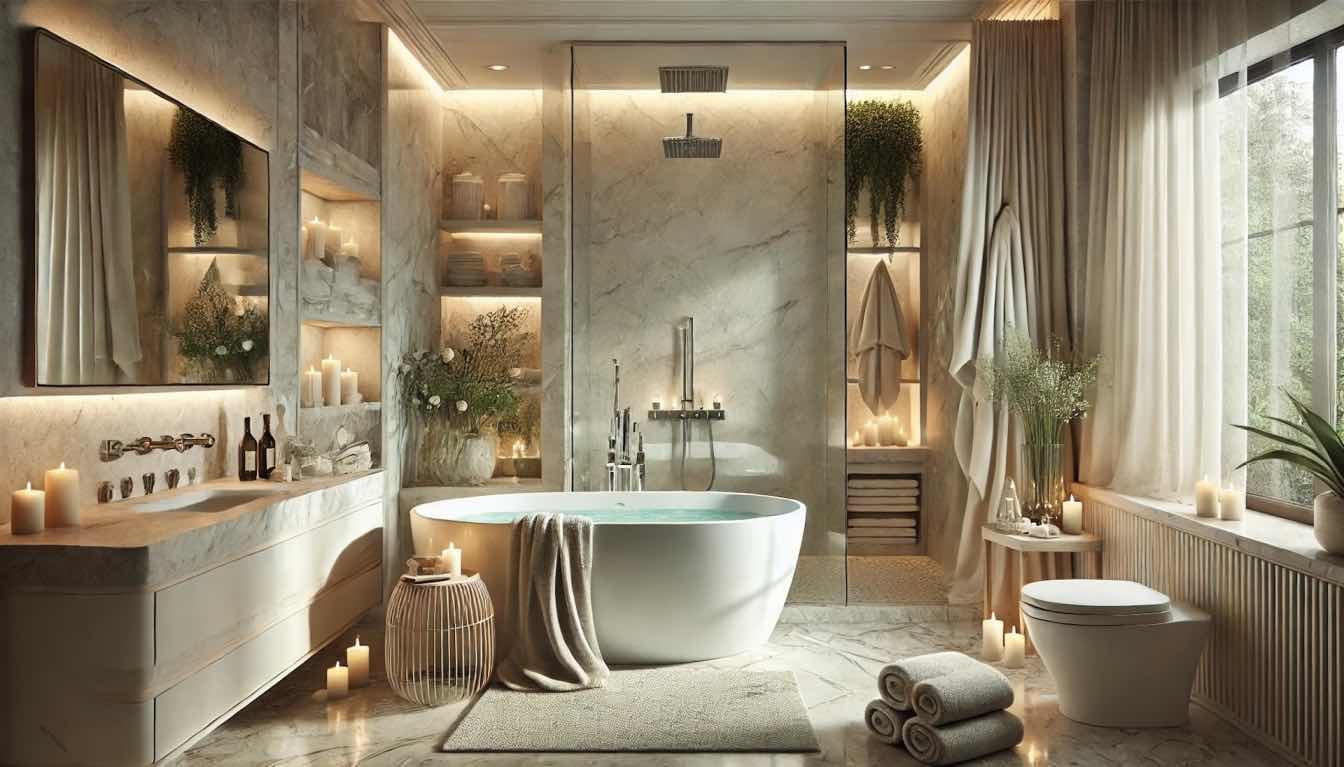Windows have an important role in energy efficiency, which affects both our power costs and the environment. In this blog article, we'll look at the importance of energy-efficient windows and offer helpful recommendations for saving money while lowering your carbon footprint.
The Significance of Energy-Efficient Windows
Apertures with high energy efficiency are instrumental in minimizing heat transfer between the interior and exterior of your home. By reducing heat gain in the summer and heat loss in the winter, energy efficient windows help maintain a consistent indoor temperature year-round. This not only enhances comfort for occupants but also decreases the reliance on heating and cooling systems, resulting in lower energy consumption.
Moreover, the environmental significance of windows with high energy efficiency cannot be overstated. By reducing power usage, these apertures contribute to lower greenhouse gas emissions, thus mitigating the environmental impact associated with traditional heating and cooling methods.
Additionally, the financial benefits of energy-efficient windows are substantial. Over time, the decreased power consumption translates into cost savings on utility bills, making them a wise investment for homeowners. Overall, energy-saving apertures are a comprehensive solution that benefits both the environment and household finances.
Energy Efficiency Ratings: The Basics
Before delving into strategies for enhancing the energy efficiency of windows, it's crucial to grasp its fundamentals. There are two primary ratings to consider when evaluating a window's performance and its ability to contribute to overall insulation. These are the U-factor and the Solar Heat Gain Coefficient (SHGC).
1. The U-factor quantifies how effectively a window prevents heat from escaping your home. It measures the rate of heat transfer through the aperture, with lower U-factor values indicating superior insulation. This means that windows with lower U-factors can help maintain a more consistent indoor temperature, reducing the need for heating during colder months and saving energy.
2. The Solar Heat Gain Coefficient (SHGC) measures the amount of solar radiation that a window allows to penetrate into your home. A lower SHGC indicates that the opening blocks more solar heat, thereby reducing the amount of heat gain. By minimizing solar heat gain, windows with lower SHGC values can help keep your home cooler in hot climates, reducing the need for air conditioning and decreasing energy consumption.
Comparing Window Types: A Brief Overview
|
Window Type |
U-Factor Range |
SHGC Range |
|
Single-Pane |
0.30—1.30 |
0.30—0.60 |
|
Double-Pane (Clear) |
0.30—0.45 |
0.25—0.45 |
|
Double-Pane (Low-E) |
0.20—0.30 |
0.15—0.30 |
|
Triple-Pane (Clear) |
0.15—0.30 |
0.20—0.40 |
|
Triple-Pane (Low-E) |
0.15—0.25 |
0.15—0.25 |
Tips for Enhancing Energy Efficiency
Invest in High-Quality Windows: When choosing new apertures or upgrading existing ones, opt for models with low U-factors and SHGCs. Look for ENERGY STAR® certified windows, which meet strict energy efficiency guidelines set by the Environmental Protection Agency (EPA).
Consider Window Treatments: Install aperture treatments such as blinds, curtains, or shades to provide additional insulation and block out excess sunlight during the summer months. Choose options with insulating properties or reflective surfaces to further enhance energy efficiency.
Seal Air Leaks: Inspect your windows regularly for gaps, cracks, or deteriorating seals that can allow air to leak in or out. Seal any leaks with weatherstripping or caulking to improve insulation and prevent energy waste. Pay special attention to areas around window frames, sashes, and joints where leaks are most likely to occur.
Upgrade to Double or Triple Glazing: Double or triple glazing involves adding multiple layers of glass with insulating gas fills between them. This design significantly reduces heat transfer and improves energy saving compared to single-pane windows. While the initial cost may be higher, the long-term energy savings and comfort benefits make it a worthwhile investment.
Install Low-E Coatings: Low-emissivity (Low-E) coatings are thin, invisible layers applied to window glass to reflect heat while allowing visible light to pass through. These coatings help regulate indoor temperatures and reduce reliance on heating and cooling systems.
Optimize Window Placement: Take advantage of natural light and ventilation by strategically placing windows throughout your home. South-facing apertures receive the most sunlight during the day, making them ideal for maximizing solar heat gain in the winter. However, it's essential to balance solar heat gain with shading devices or overhangs to prevent overheating in the summer.
In conclusion, energy-efficient windows are a wise investment that offers both financial savings and environmental benefits. By understanding energy efficiency ratings and implementing the tips outlined in this post, homeowners can enjoy a more comfortable living environment while reducing their carbon footprint. With the right apertures, you can save money, conserve energy, and contribute to a greener future.





